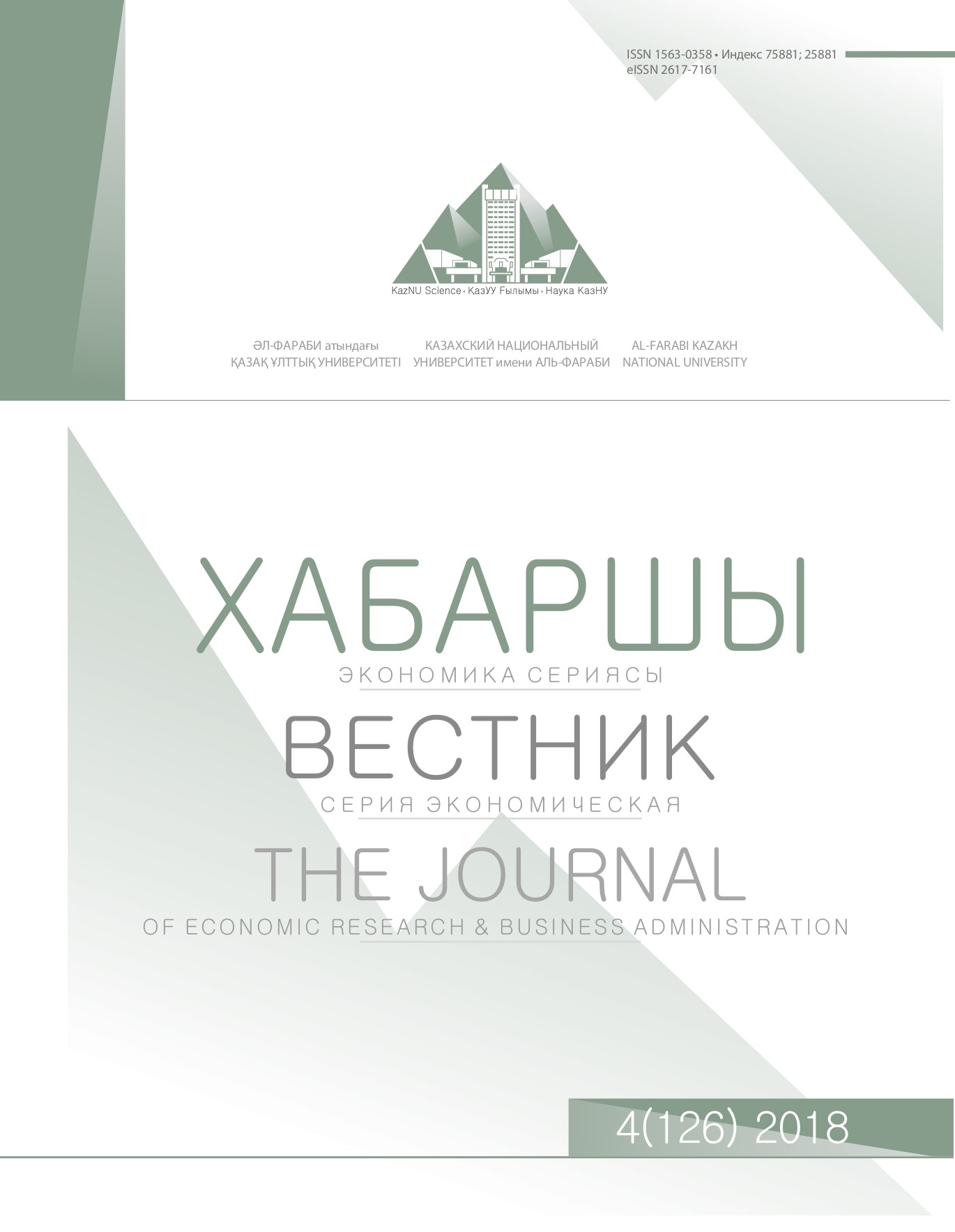Графический метод моделирования материальных потоков в цепях поставок
Аннотация
Оценка и оптимизация материальных потоков является одной из основных задач управления
цепями поставок. Для её решения применяются различные типы аналитических и имитационных
моделей, причём для каждого типа моделей известны как его достоинства, так и недостатки.
Для аналитических моделей характерными являются компактность формы представления и
универсальность применения, но они, как правило, лишь очень приблизительно отображают
многие процессы в реальных цепях поставок. Кроме того, почти все аналитические модели
являются статическими, т.е. в них не отображается развитие процессов во времени. В
имитационных моделях реальные процессы могут быть отображены как угодно детально, но
разработка и использование таких моделей связаны с большими затратами времени и денежных
ресурсов. В работе описывается новый класс динамических моделей процессов в сетях поставок,
в которых материальные потоки и запасы в накопителях отображаются в виде так называемых
Quantity-Time Diagrams (QTD). Такие диаграммы могут быть использованы не только для
графического отображения существующих или планируемых процессов, но и для численного
расчёта новых процессов на основании данных о смежных процессах, характеристики которых
считаются заданными. Модели на базе QTD отображают динамику процессов в цепях поставок,
но их разработка и применение связаны с существенно меньшими затратами по сравнению с
теми, которые характерны для работы с имитационными моделями.




